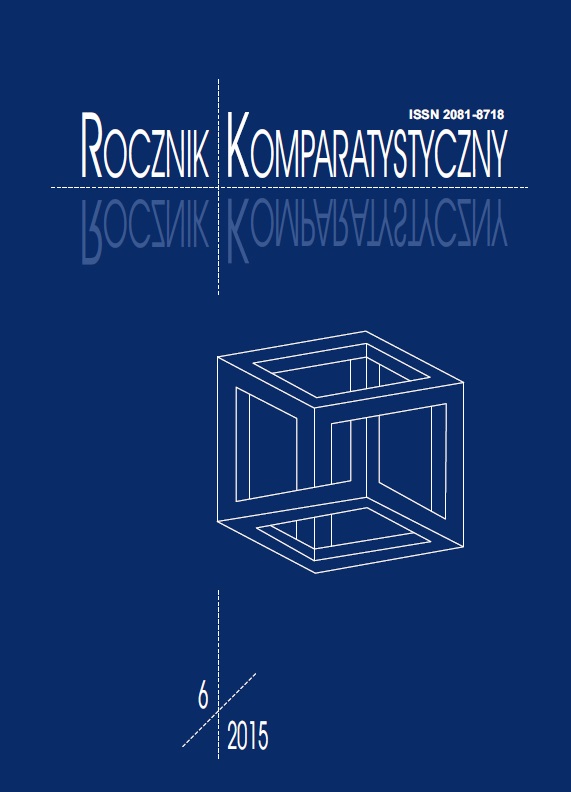Jak badać literaturę digitalną? O lekturze relacyjnej i figurach kinetycznych słów kilka
How the Digital Literature Should be Studied? Introducing the Theory of Relational Reading and Digital Figures
Author(s): Ewa SzczęsnaSubject(s): Language studies, Language and Literature Studies, Theoretical Linguistics, Studies of Literature, Comparative Linguistics, Philology, Theory of Literature
Published by: Wydawnictwo Naukowe Uniwersytetu Szczecińskiego
Keywords: comparative literature; kinetic figures; digital poetics; digital literature; inter-media transfer
Summary/Abstract: This article focuses on the specificity of the digital literature and the methods of researching the subject. It has been found that the digital literature is shaping the meanings already at the stratum of representations (texture) and user’s actions – the latter being an inscription of the discursive factor into the text. The meaning and poetics of digital texts are created by textualization of the text’s expression stratum and creation of meanings as a result of interaction between semantics of verbal layer, mobile semantics and sound system of texture as well as semantics of user’s actions. Digital meaning-producing strategies – which are designated by the atomization, kinetization and modulation of the text – have been characterized. As a result of research regarding poetics of digital messages it has been stated that the results obtained in the field of digital media enable the redefinition of previously developed thinking about the existing structures of the literary text. Interactive, kinetic, multi-semiotic figures and interactive, multivariate narration are widening the borders of poetics and methodology – they demand description of interactive and kinetic forms (hypertext literature), which create figures in interaction between various levels of transmission.
Journal: Rocznik Komparatystyczny
- Issue Year: 2015
- Issue No: 6
- Page Range: 273-289
- Page Count: 17
- Language: Polish

